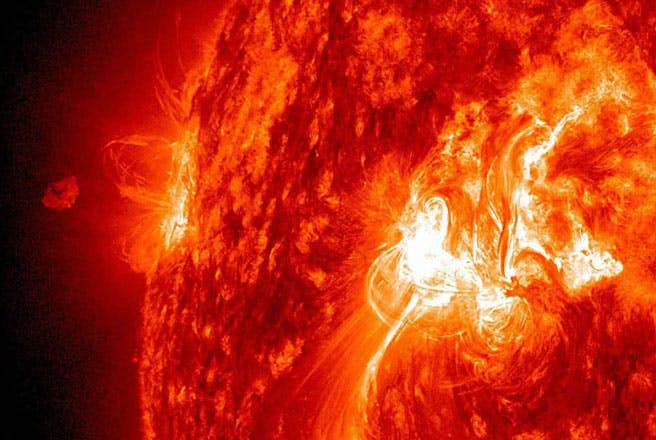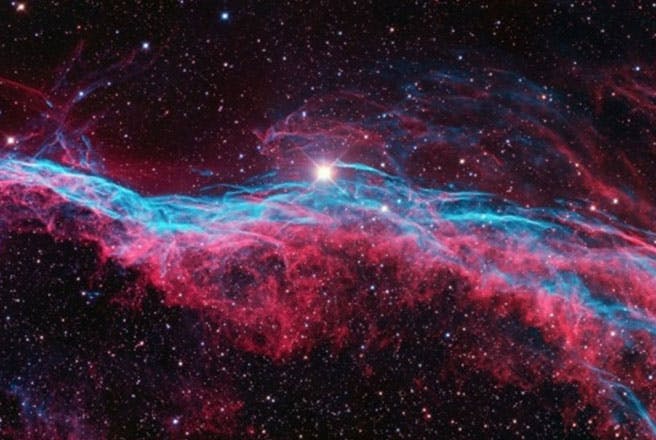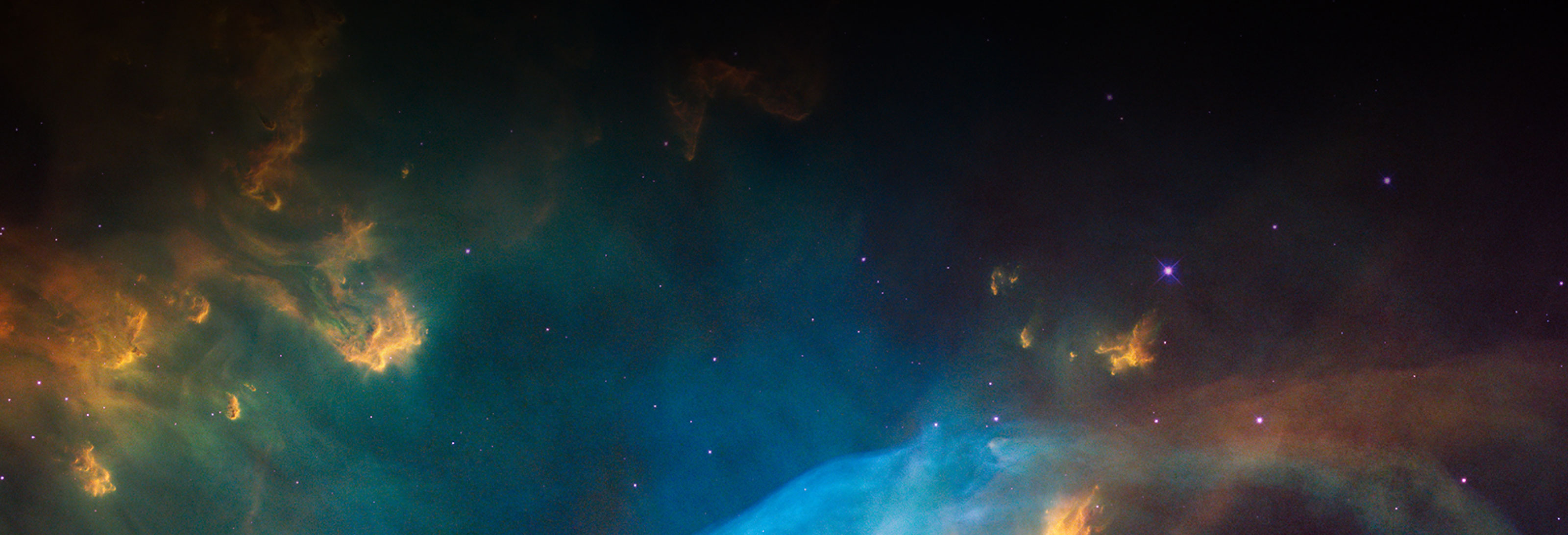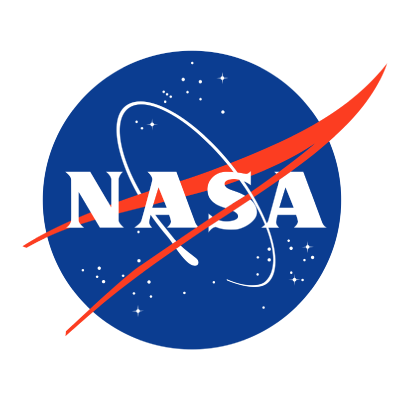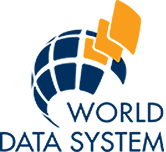
Cosmic Dust
The Cosmic Dust sample data contained in Astromat originate from samples of asteroids, comets, and spacecraft debris particulates. Sample material types include both interplanetary dust particles (IDPs) and micrometeorites (MMs).
Astromat Data Managers completed the ingestion of all legacy Cosmic Dust sample data into the Astromat Synthesis and continue to add additional sample data as it published.

